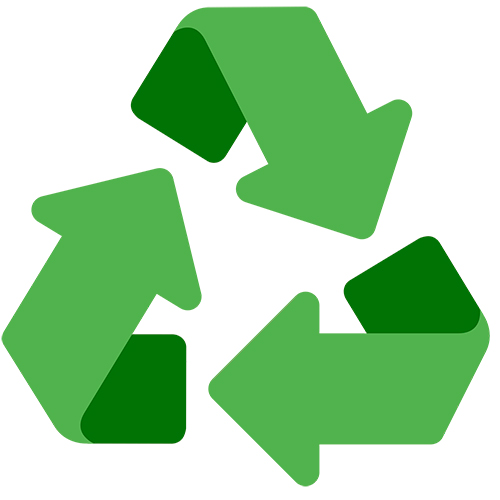Sustainability
Leather by-products are recycled for other sectors
Leather by-products are recycled for other sectors

What would we do with the skins of animals we eat if we did not have tanned them?
Tanned leather is a residue of the food industry that tanners transform into a consumer product.
The tanning industry itself is a recycling industry of a by-product from food industry: the skin. They transform skin into a raw material to produce articles useful to society and fashion products, such as leather belts, bags, shoes, wallets, purses, saddles, upholstery for furniture and cars, technological accessories, portfolios, leather suitcases and toilet bags, and other travel articles and stationery.
Leather provides us with a great diversity of products that can be used by other sectors. During its whole life cycle, leather provides useful consumer products to society, as well as by-products that are generated throughout its production process.
Since ancient times, the bark depleted from the tanning process was burned in stoves for domestic heating. The ash from burning the bark mixed with fats was used to make soap and hair from peeling skin, as well as to make shaving brushes, clothe brushed, paintbrushes, hats and as a shield for ships. From the flesh, we obtained glue for carpenters, jellies for pastry and fertilizers for agriculture.
Nowadays, waste products during the tanning process are still being used by different industries to cover other types of needs. The recovery of flesh is used to produce biodiesel. The recovery of unprocessed skin waste obtains a gelatinous fat that is used to make the medication capsules of the pharmaceutical industry and has applications in the cosmetics and photography industries. Other products obtained from the use of by-products of the skin are greases and industrial oils, and fertilization for vineyards.
Leather at the end of its life cycle, thanks to its biodegradability, returns to nature in the form of an energy source.